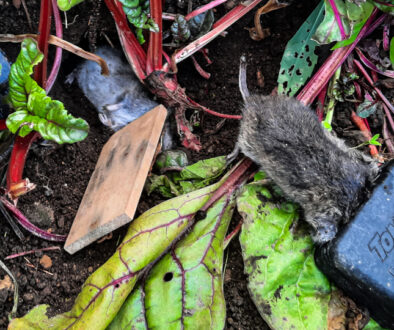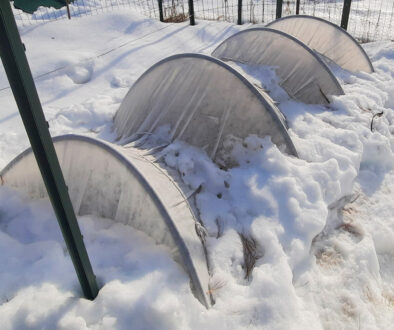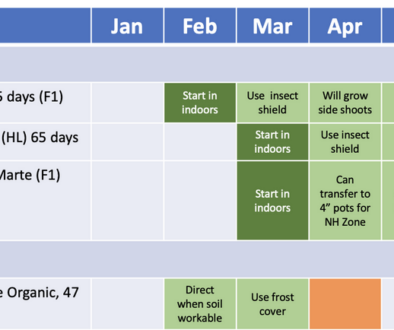Seed selection
Plant what you want to eat. After years of only growing Beefmaster and Lemon Boy tomatoes, I finally ventured out to try new varieties. Last year someone turned me on to Longkeeper (and yes stayed on the countertop for a long time – I believe we had “fresh” tomatoes on Thanksgiving). This year I’m growing paste tomatoes for canning. Starting from seed will give you the most variety.
Type of seeds: heirloom, open-pollinated, F1 hybrid
It seems the best broccoli and cabbage grow from F1 Hybrid seeds. Seeds are patented and are a valued asset to growers and seed distributors. Though F1 can get you the biggest heads of broccoli, the seeds – if saved and replanted will not give you the genetic equal of the mother plant. F1 seeds are carefully bred to achieve resistance to disease, drought, cold, or other environmental conditions as well as yield and uniformity. The flavor is not always a consideration in F1 hybrids.
Open-pollinated seeds depend on the wind or bees to pollinate them. A zucchini may cross with a pumpkin and give you a hybrid the following year. Self-pollinating plants, such as some types of lettuce will produce seeds in an exact duplicate of the mother plant.
Heirloom seeds are named for the original plant which was never a hybrid. Over time, in theory, if you keep saving seeds from the best fruit year after year you will naturalize your seeds to the microclimate of your area.
Buy heirloom seeds whenever possible for saving seeds for the following year. Collected seeds should be kept in mouse-proof containers. I currently save seeds in small recycled jars and store them in the shed over winter.
A preferred method to save seeds is in seed-size envelopes indexed in a metal strongbox, but I’m not there yet. Label the seeds by kind, date, and how many generations.
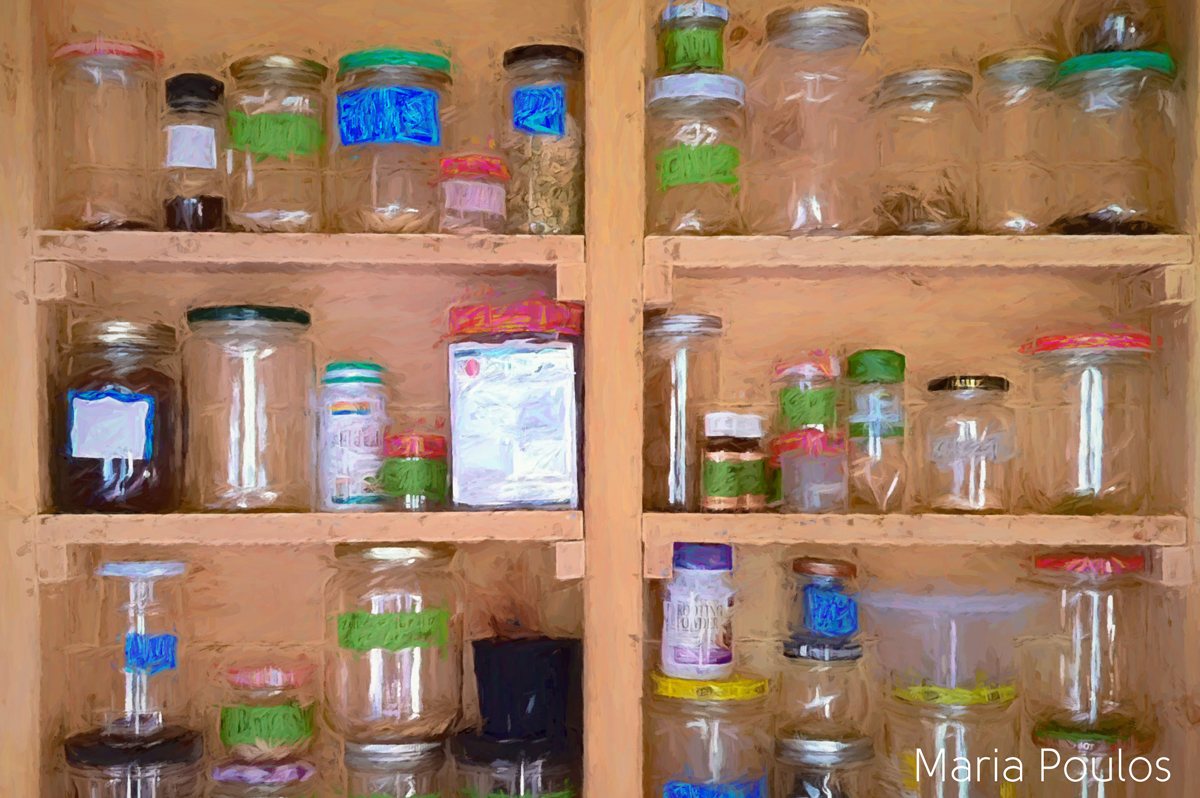
I’m still learning. There are many fruits and vegetables I have not been able to reproduce, such as cucumbers. On the other spectrum, I have found several peach trees, “volunteer” tomatoes, and mystery squash emerging from the compost, though the rabbits had their way with them.
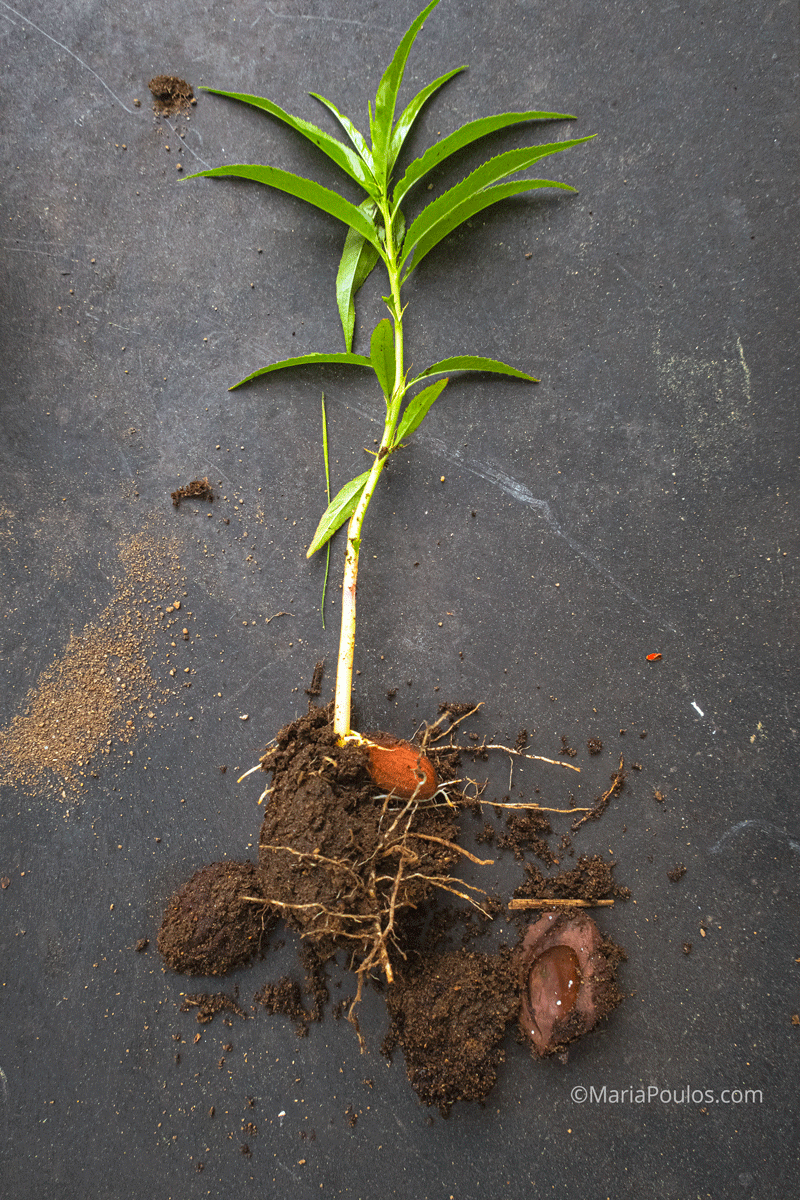
Like babies, seedlings need attention. Beans, carrots, and other plants which don’t like to be transplanted can be sown directly into the garden. It will save room. However, I like to start companion plants such as onions, dill, and certain flowers and set them next to cabbages. Marigolds and nasturtiums are good companion plants to sow directly into the soil. Basil is a good companion for tomatoes. Buckwheat seems to keep moths off of cabbages and the brassicas. Companion planting will reduce the need for pesticides.
When to start seeds?
If the seeds are to be transplanted outdoors remember that April is the new March. Thirty years ago I was planting peas in the ground on March 17th, my due date for my firstborn. Even using the farmer’s almanac or Punxsutawney Phil, I find the seasons are slowly shifting toward a warmer, longer fall and a late spring. This could be climate change or just cosmic cycles. Either way take note of how the prior months have been going, and don’t plant too early, unless you’re OK with replanting.
Timing is everything.
One year I lost a whole set of plants by starting them too early, not using grow lights, and placing them near a window on my dining room table where cold drafts were abundant. Usually, the seed package has a guide on when to start seeds – usually by weeks before the last. For the past few years, the true last frost date moves closer and closer to summer. I’m in the northeast.
Pick a pot.
Peat pots: If you ever bought one of those all-in-one grow kits you may have run into mold. In theory, for beginners, kits are quite great, cost-wise. I have had minimal success with peat pots. The only peat pots I will use are 4-inch square peat pots for winter squash or cukes because they can be started late and moved outdoors to harden off sooner than, say, a tomato plant. The trick is to keep them evenly moist and not too wet to avoid mold.
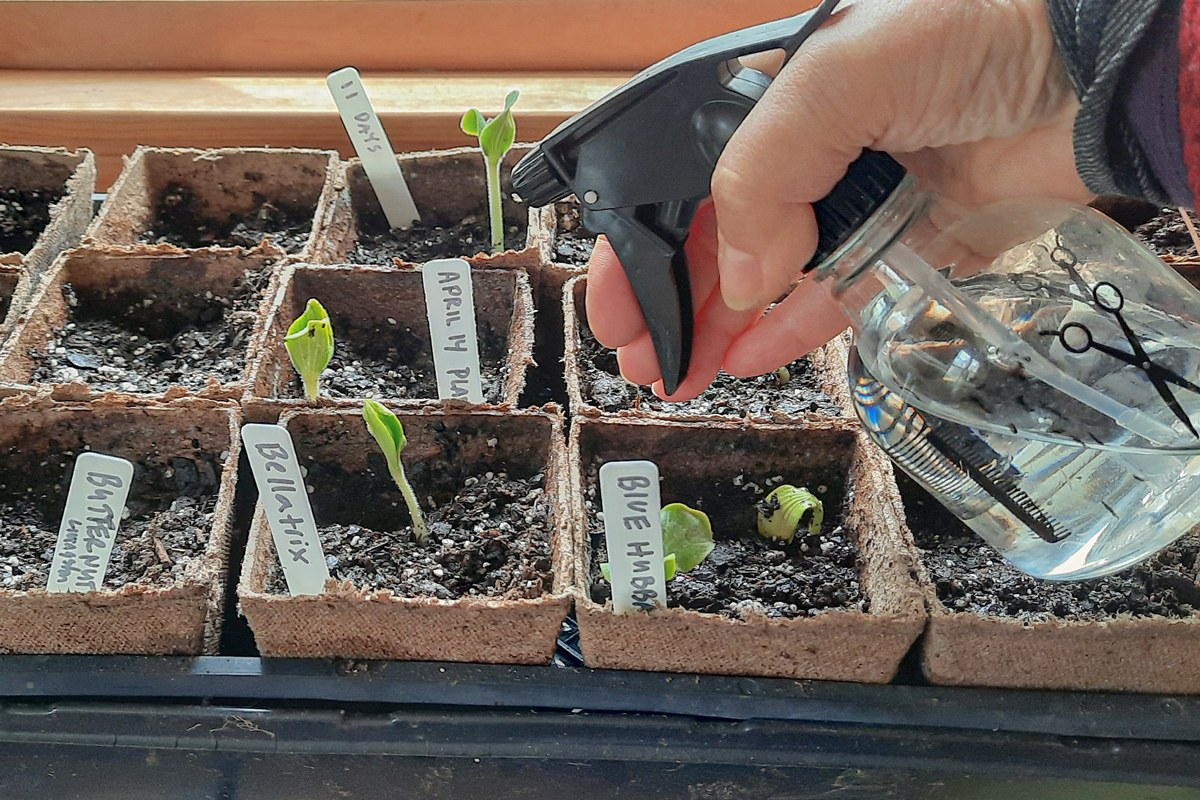
If possible start peat pots outdoors when the weather warms up and use peat pots for a late crop, such as pumpkins or winter squash. Outdoors the pots can be spaced out and will be able to dry up. Otherwise, if you’re using peat pots, they need to be monitored carefully so that they don’t get too wet. There is a tendency for the peat pot to pull moisture away from the growing medium, therefore drying up the growing medium and thus the seedling.
The advantage of using peat pots is that they can be planted directly into the ground. But again, the peat pot should not be sticking out above the ground as it will wick moisture away from the roots where it’s needed. I usually tear off the top portion and carefully break the bottom slightly without disturbing the root bundle too much.
Plastic pots: I use a couple of different sizes. The six set, individual 2” squares, and 4-inch rounds are usually where I start most of the seed. As a rule of thumb, tiny seeds need tiny pots.
Tiny seeds like basil, dill, tomatoes, and poppy are a good choice for the six-pack. Cabbage and brassicas can be started in a six-pack and transferred to a larger pot. Squash and cucumbers need at least a 4” pot to start seeds in.
Heating pads.
All newly seeded pots will benefit from a heating pad. This can be used in the grow box without light until the plants emerge. Once the plant has shown green, it will need light to grow.
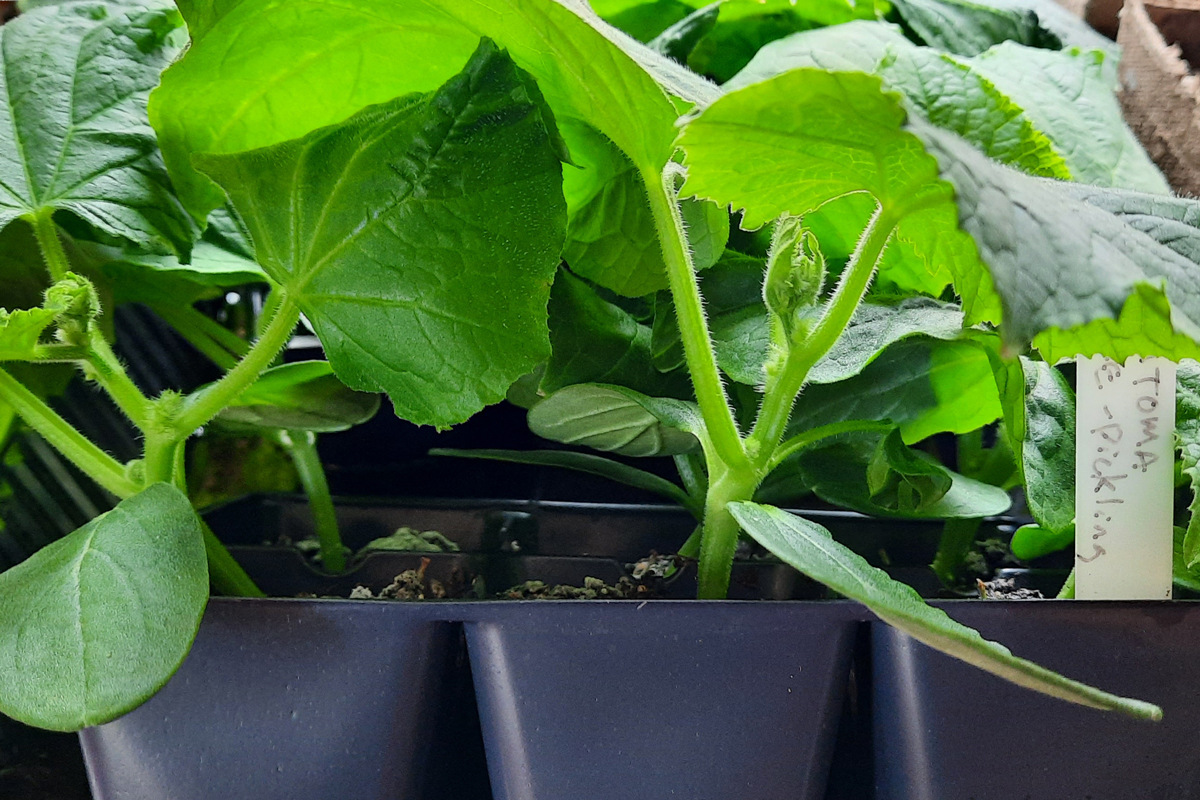
Moving to a cold frame, hoop house (unheated greenhouse), or continuing the grow in a box.
Ultimately, the seeds will need to transfer to the garden. Once the seedling has grown a third set of leaves or starts to get root bound, it’s time to move the plant outside or transplant it to a larger container.
If your grow box is large enough you can continue growing your plant in the box. Cannabis is especially desirable grown indoors in a grow box. Once the cannabis plant has reached half the size of the grow box it’s time to force flowering. More on this in my upcoming book, How to Build a Better Grow Box.
If moving the plants outdoors, watch the weather. When it becomes warm enough, harden off the plants. To do this, bring the young plants out during the warm part of the day and bring them back inside when it cools off.
If using a hoop house I found, that when I see lettuce, bok choy, mustard, or other plants that have been seeded down from the year before popping up on the floor of the hoop house, it is time to set out plants in the hoop house.
Next steps.
Now the seedling stage is over, and the growth stage begins. In the growth stage, encourage green leaf growth, strong roots, and stems. The flowering stage or fruiting stage follows the growth stage. After which the harvest begins.

